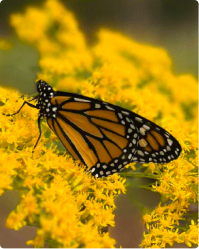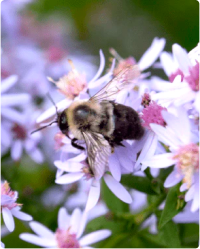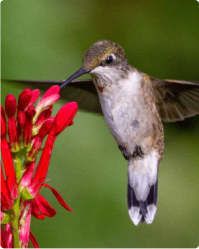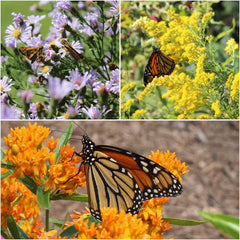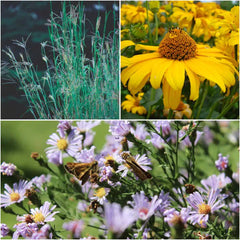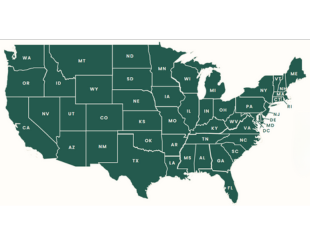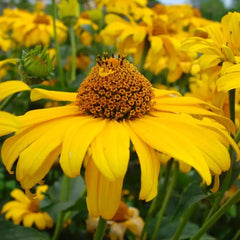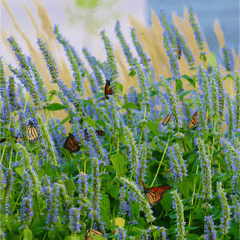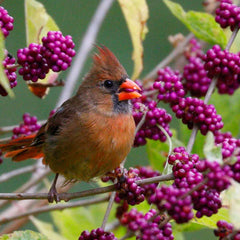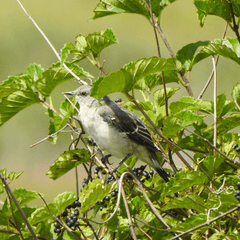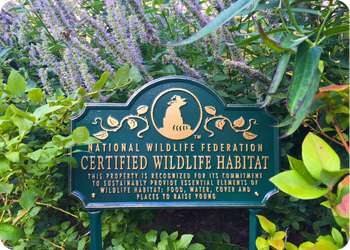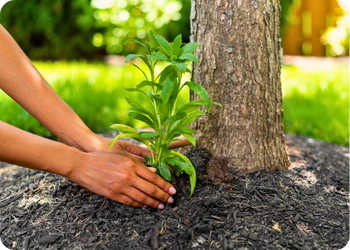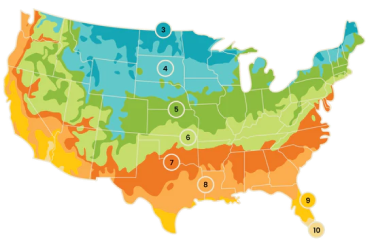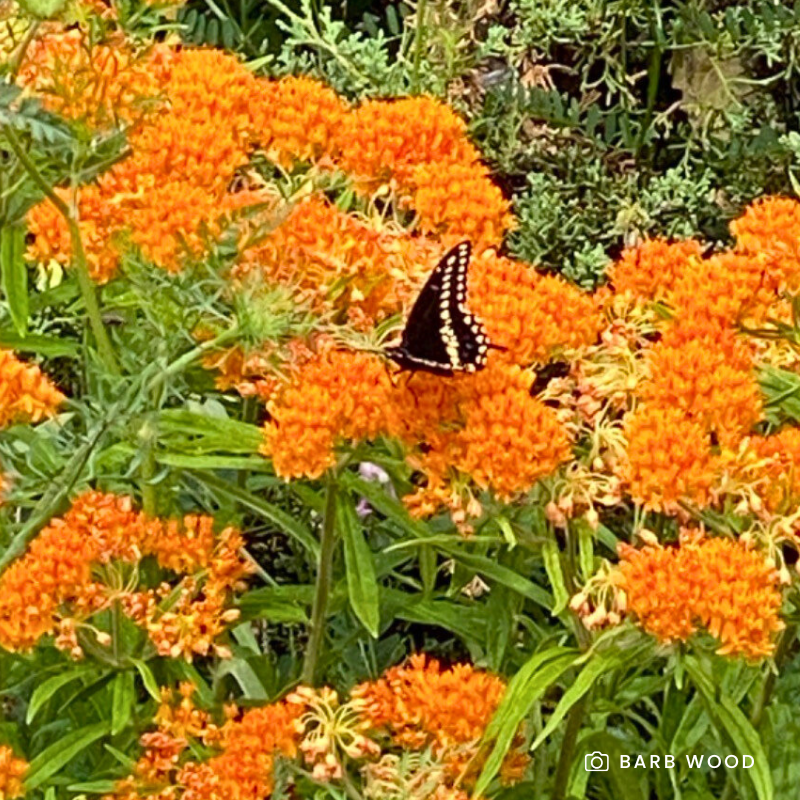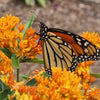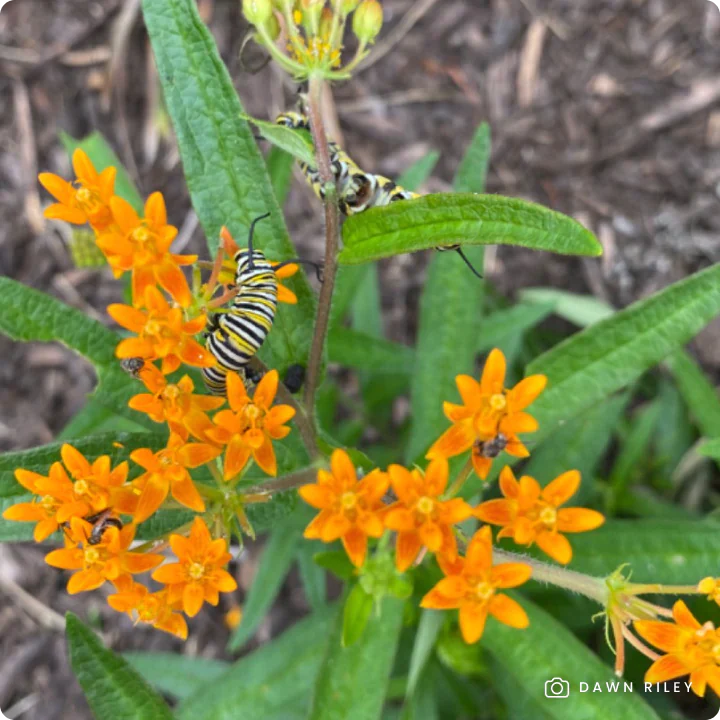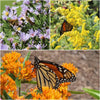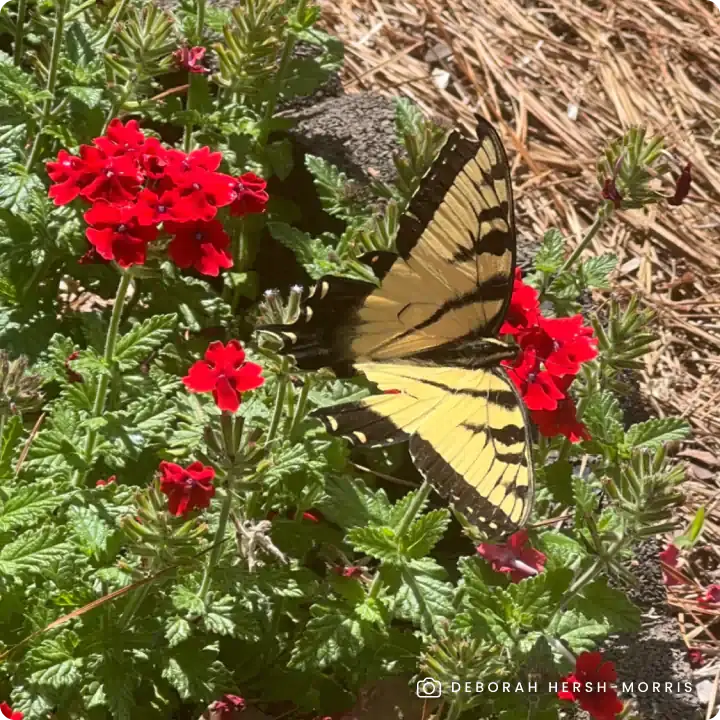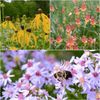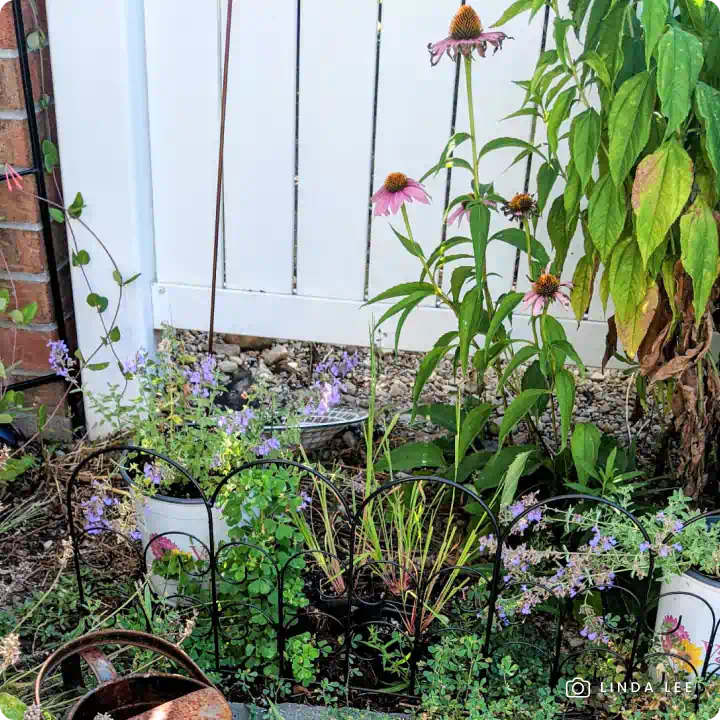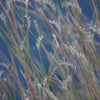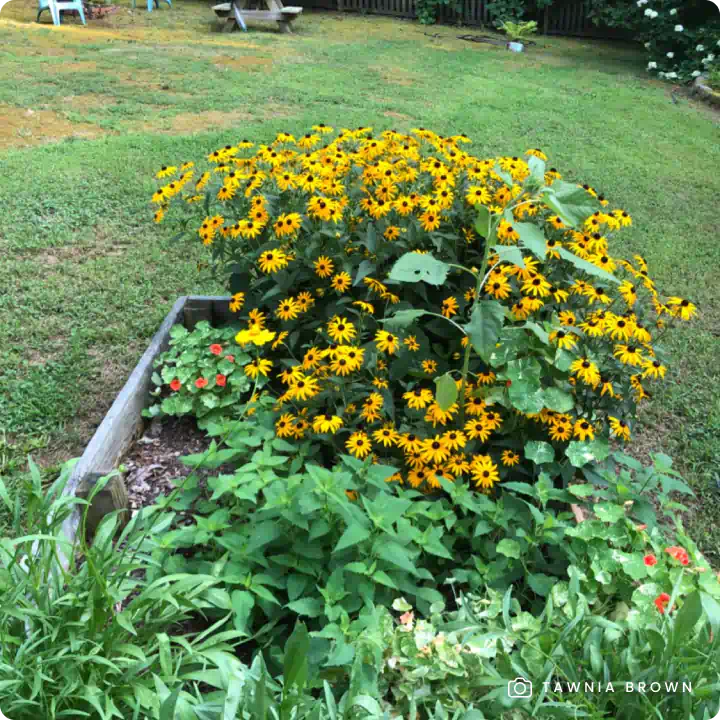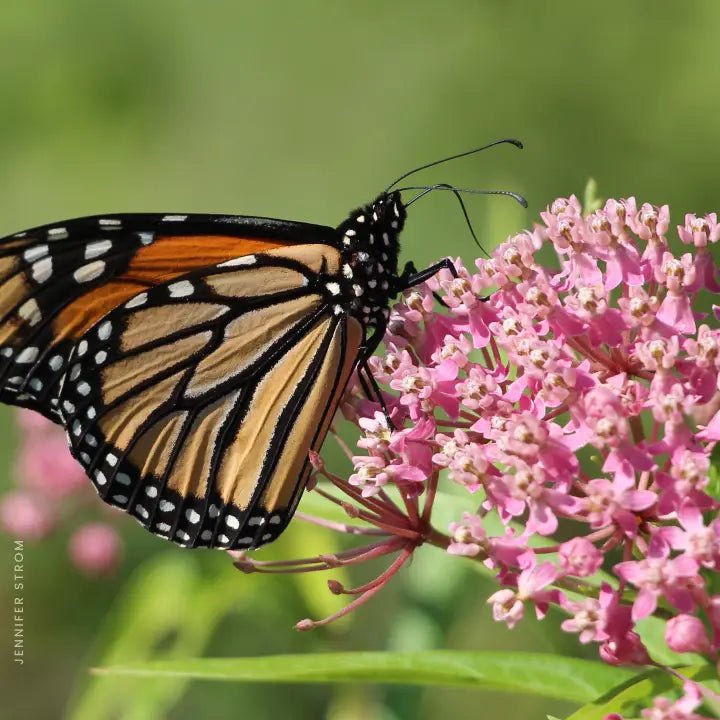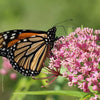Bring beauty, resilience, and ecological value to your garden with Lyreleaf Sage (Salvia lyrata), a tough yet elegant native perennial. In spring, tall spikes of blue to bluish-purple flowers rise above its foliage, providing early-season nectar for hummingbirds, native bees, and butterflies when few other plants are in bloom. Beyond its floral appeal, the evergreen, lyre-shaped leaves add year-round interest, often turning rich purple in cooler temperatures for a dynamic seasonal display.
This hardy and adaptable species thrives in full sun to part shade and tolerates various soil types, including clay. It reseeds readily, forming a dense, weed-suppressing groundcover that requires little maintenance. Unlike many flowering perennials, lyreleaf sage’s foliage can be mowed and walked on, making it ideal for informal pathways, native lawns, or as an underplanting in pollinator gardens.
Key Features:
- Dynamic Year-Round Interest: Blue-purple spring blooms and evergreen foliage that turns purple in fall and winter.
- Pollinator-Friendly: Provides critical early-season nectar for hummingbirds, butterflies, and native bees.
- Tough & Versatile Groundcover: Reseeds easily and helps suppress weeds.
- Adapts to Various Conditions: Thrives in full sun to part shade and tolerates clay, sandy, or loamy soils.
- Deer-Resistant & Drought-Tolerant: Once established, it needs minimal water and no chemicals.
- Pollinator-Safe: Grown non-GMO and free of harmful neonicotinoids, promoting a healthy ecosystem for pollinators and wildlife.
Available in sets of three, six, or 12 plants to suit gardens of any size.
Planting Tips:
- Location: Prefers full sun to part shade (at least 4-6 hours of sunlight daily). Thrives in varied soil conditions, including clay, sandy, and loamy soils.
- Watering: Water regularly until established; drought-tolerant once mature.
- Maintenance: Minimal care required. There's no need to deadhead the flowers, as allowing them to go to seed provides a valuable food source for birds. Leaving the stems standing in the fall offers overwintering sites for beneficial insects. If desired, cut back the stems in late spring after pollinators have emerged.
For more information on planting, view our How to Plant Your Native Plants guide and other planting tips in the Garden for Wildlife Learning Center.
Choose Lyreleaf Sage for a low-maintenance, resilient, and pollinator-friendly addition that enhances your garden with seasonal color, texture, and ecological benefits!
